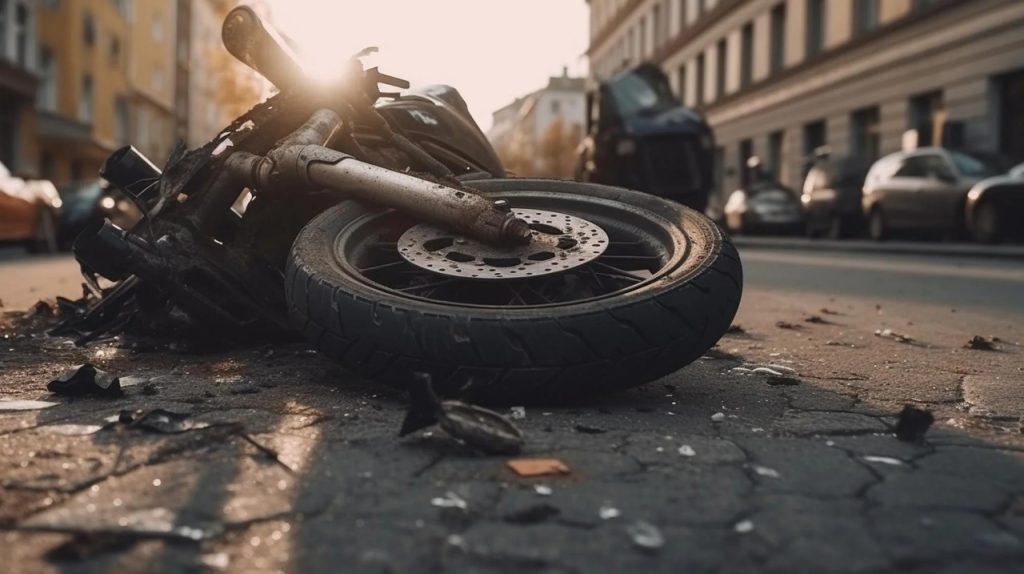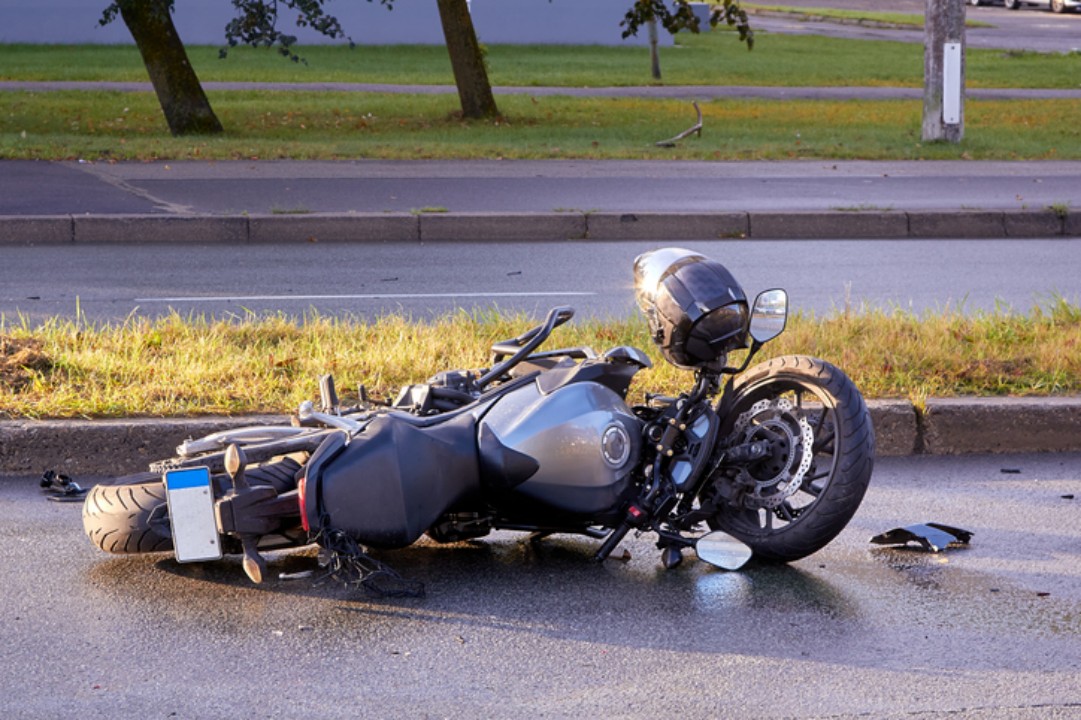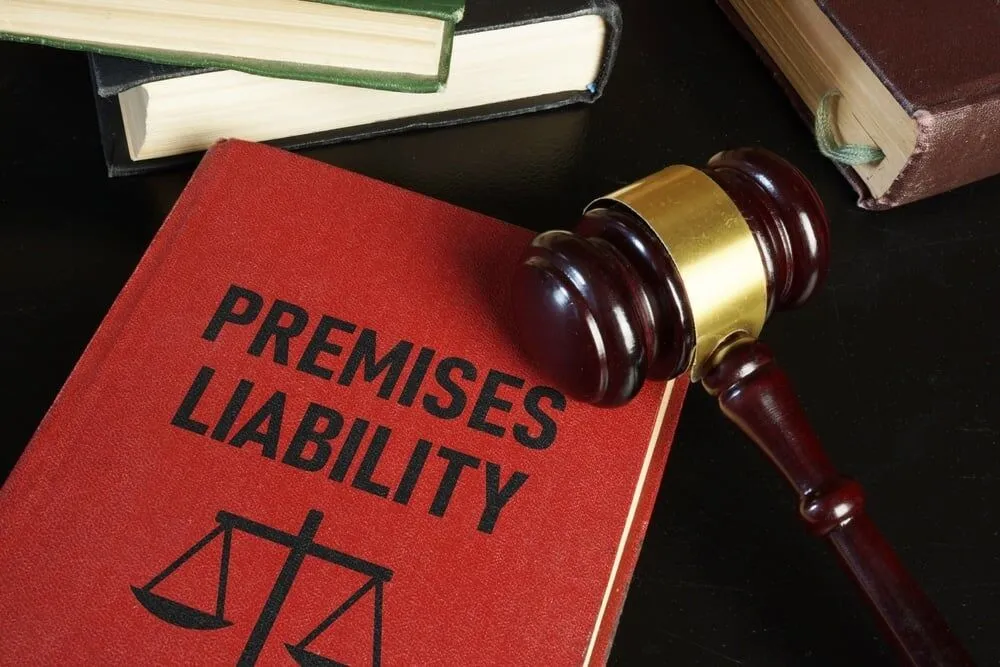Southern California sunshine and well-kept suburban streets make Irvine seem like a motorcyclist’s dream. The city’s planned infrastructure and clean environment offer the appearance of safe, smooth rides through scenic routes. But underneath this calm exterior lie road hazards that pose real dangers to motorcyclists—dangers often unnoticed by drivers in cars.
Motorcycles interact with the road far differently than four-wheeled vehicles. Riders lack the stability of four tires, the protection of a vehicle frame, and the wide contact patch that helps cars absorb road defects. Even small surface changes or debris can have serious consequences. This guide outlines the road conditions most relevant to motorcyclists in Irvine, and how riders, drivers, and city planners can work together to make the roads safer.
Why Road Conditions Matter More for Motorcyclists
Cars can usually handle a small pothole or gravel patch with nothing more than a bump. But motorcycles operate on two narrow contact points, each about the size of a credit card. Any sudden change in traction, elevation, or stability—especially mid-turn or while braking—can result in a crash.
Unlike drivers, riders must constantly shift their body weight and control balance in real time. A split-second miscalculation caused by a slick spot or uneven pavement can lead to loss of control. Simply put, motorcycles offer less margin for error.

Common Road Hazards in Irvine
While Irvine’s Public Works department maintains roads regularly, factors like weather, construction, and daily wear create hazards that riders must constantly watch for.
Surface Imperfections
Potholes & Cracks: Potholes, especially when hit mid-corner, can cause tire blowouts or throw a rider from the bike. Long, narrow cracks parallel to the road can trap tires and cause loss of steering.
Manhole Covers & Uneven Pavement: These create abrupt elevation changes. Metal covers are especially dangerous when wet, offering little traction and often sitting slightly above or below the surrounding asphalt.
Tar Snakes: The black sealant lines used to fill cracks (known as “tar snakes”) become slick when hot or wet, reducing traction and causing tires to slip—especially mid-turn.
Loose Materials & Debris
Gravel & Sand: Common near construction sites, intersections, or road shoulders. They act like ball bearings under motorcycle tires, making braking and turning extremely risky.
Grass Clippings & Wet Leaves: Found in residential areas, these can be surprisingly slippery and often hide deeper surface issues underneath.
Random Debris: Everything from fallen cargo to tire fragments can puncture tires or cause sudden evasive maneuvers, increasing crash risks.
Surface Contaminants
Oil & Fluid Spills: These are often invisible until it’s too late, especially at intersections. Diesel, coolant, or engine oil make the road feel like ice to a motorcycle tire.
Over-Irrigation Runoff: Sprinklers in Irvine neighborhoods often leave water on roads during early hours, especially in shaded or low-drainage areas, creating patchy slick zones that linger long after watering ends.
Road Design & Markings
Faded Lane Lines: Essential for lane discipline, especially in low-light or rainy conditions. When barely visible, riders may drift unintentionally or be misjudged by other drivers.
Poorly Marked Intersections: Worn limit lines or ambiguous lane divisions can lead to rider hesitation, misjudgment, or positioning errors—especially in busy intersections like Jamboree & Barranca or Culver & Walnut.
Speed Bumps & Humps: These features, if abrupt or poorly marked, can unsettle a motorcycle’s suspension, particularly if hit at speed or off-center.
Irvine-Specific Challenges
Irvine’s consistent growth brings frequent construction zones. These areas introduce temporary hazards like gravel, lane shifts, and steel plates covering excavation sites. Steel plates are especially risky—slick when wet, often uneven at the edges, and poorly ramped.
The city’s generally high road quality can also lull riders into a false sense of security. Even a well-maintained road can hide dangerous elements if attention slips. Add in a mix of old and newly developed neighborhoods, and you get a patchwork of varying road surfaces and maintenance schedules.
Rider Safety Recommendations
Riders can minimize risk by staying proactive and prepared:
Scan Aggressively: Always look 10–12 seconds ahead, not just at the vehicle in front. Identify changes in pavement, slick spots, or debris early to adjust accordingly.
Adjust Speed: Slow down in unfamiliar areas, construction zones, and during poor weather or low visibility. Speed magnifies the impact of any hazard.
Maintain Your Bike: Check tire pressure, tread depth, and suspension regularly. Your bike’s condition is your first line of defense against road-induced instability.
Wear ATGATT (All The Gear, All The Time): Protective gear won’t prevent a crash, but it can drastically reduce injury severity. A DOT-approved helmet, abrasion-resistant clothing, gloves, and boots are non-negotiable.
Report Hazards: Use the City of Irvine’s “My Irvine” app or city website to report potholes, debris, and surface damage. Quick action helps the city address problems before they cause crashes.
How the City and Drivers Can Help
Motorcycle safety is a shared responsibility. Beyond the riders themselves, city departments and other road users play a critical role.
City of Irvine Should:
- Prioritize repairs of known potholes, uneven surfaces, and broken road seams.
- Improve street sweeping, especially near construction areas and high-traffic intersections.
- Use non-slip materials for manhole covers and road markings where possible.
- Ensure temporary plates and roadwork are properly ramped and signed for motorcycle awareness.
Other Drivers Should:
- Give riders space. Motorcyclists may swerve slightly to avoid a hazard you don’t see.
- Avoid tailgating. Riders may brake early or slow unexpectedly for even small obstacles.
- Be extra alert at intersections—many collisions occur due to left-turning drivers not seeing motorcycles.
Conclusion: Riding Smart in Irvine
Riding a motorcycle in Irvine offers incredible freedom, but it comes with responsibility. Road conditions—potholes, slick spots, debris—can change quickly and unexpectedly. While Irvine maintains a reputation for clean, well-designed roads, hazards still exist.
The key to motorcycle safety in any urban area, including Irvine, is a combination of defensive riding, awareness, vehicle maintenance, and community support. Riders must stay vigilant and proactive. At the same time, the city and broader community must recognize the unique risks riders face and respond with thoughtful design, fast repairs, and public awareness.
However, even with all precautions in place, accidents can happen. If you’ve been injured in a motorcycle accident in Irvine, seeking the guidance of a motorcycle accident attorney Irvine can help you navigate the complexities of legal claims, ensuring you get the compensation you deserve. By working together—motorcyclists, drivers, and city planners—we can ensure Irvine’s roads remain not only functional but truly safe for every user, on two wheels or four.




